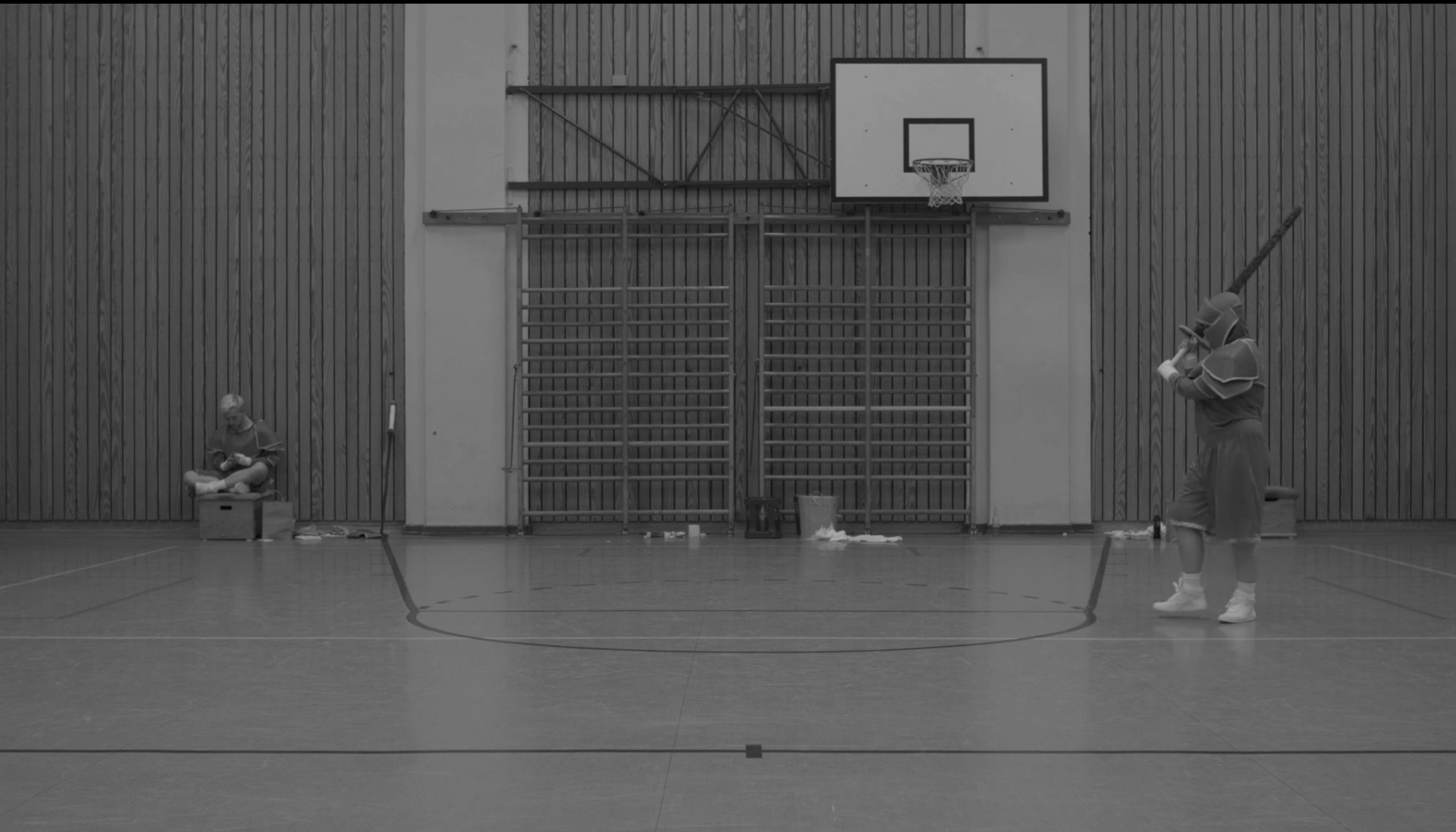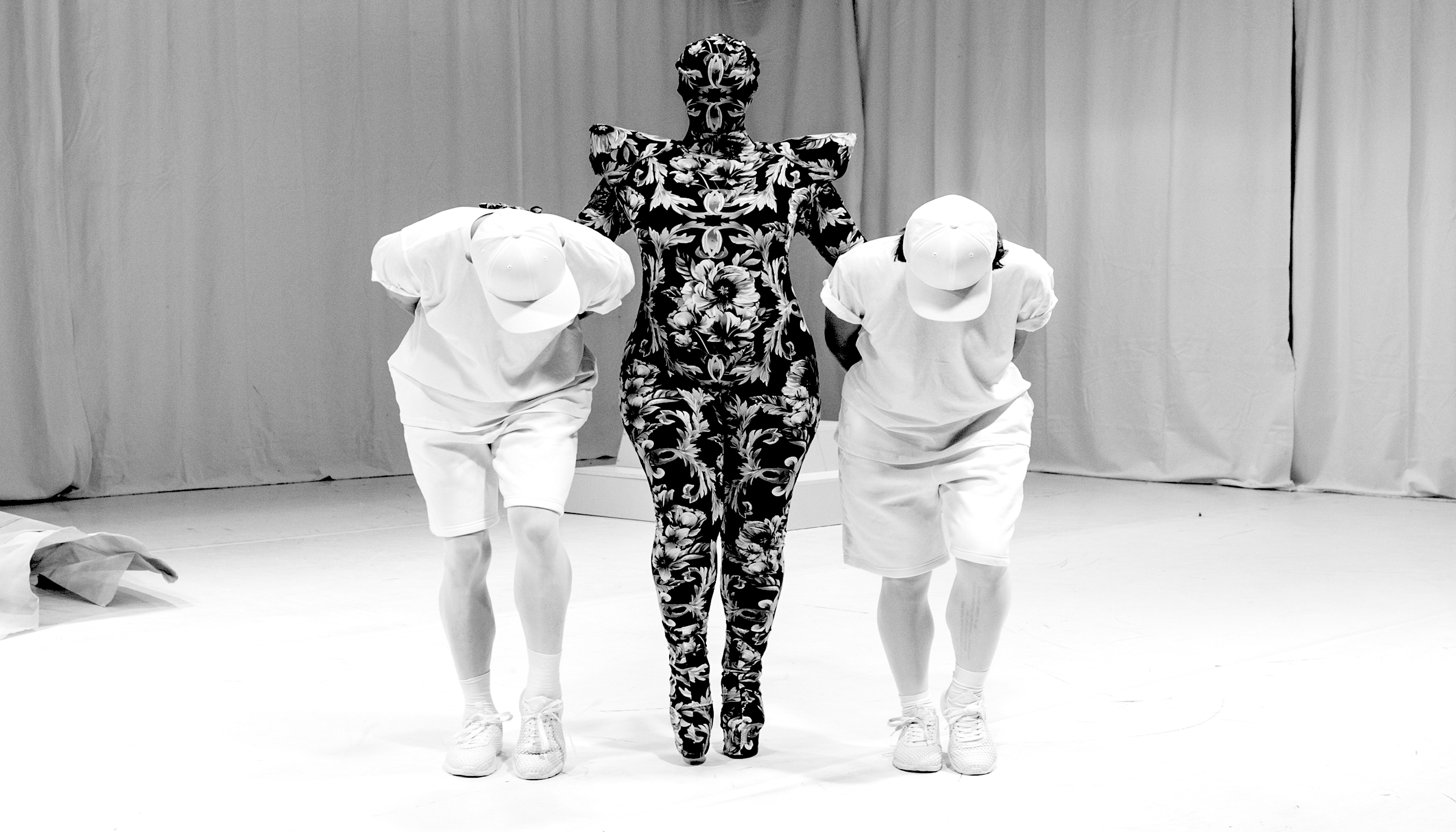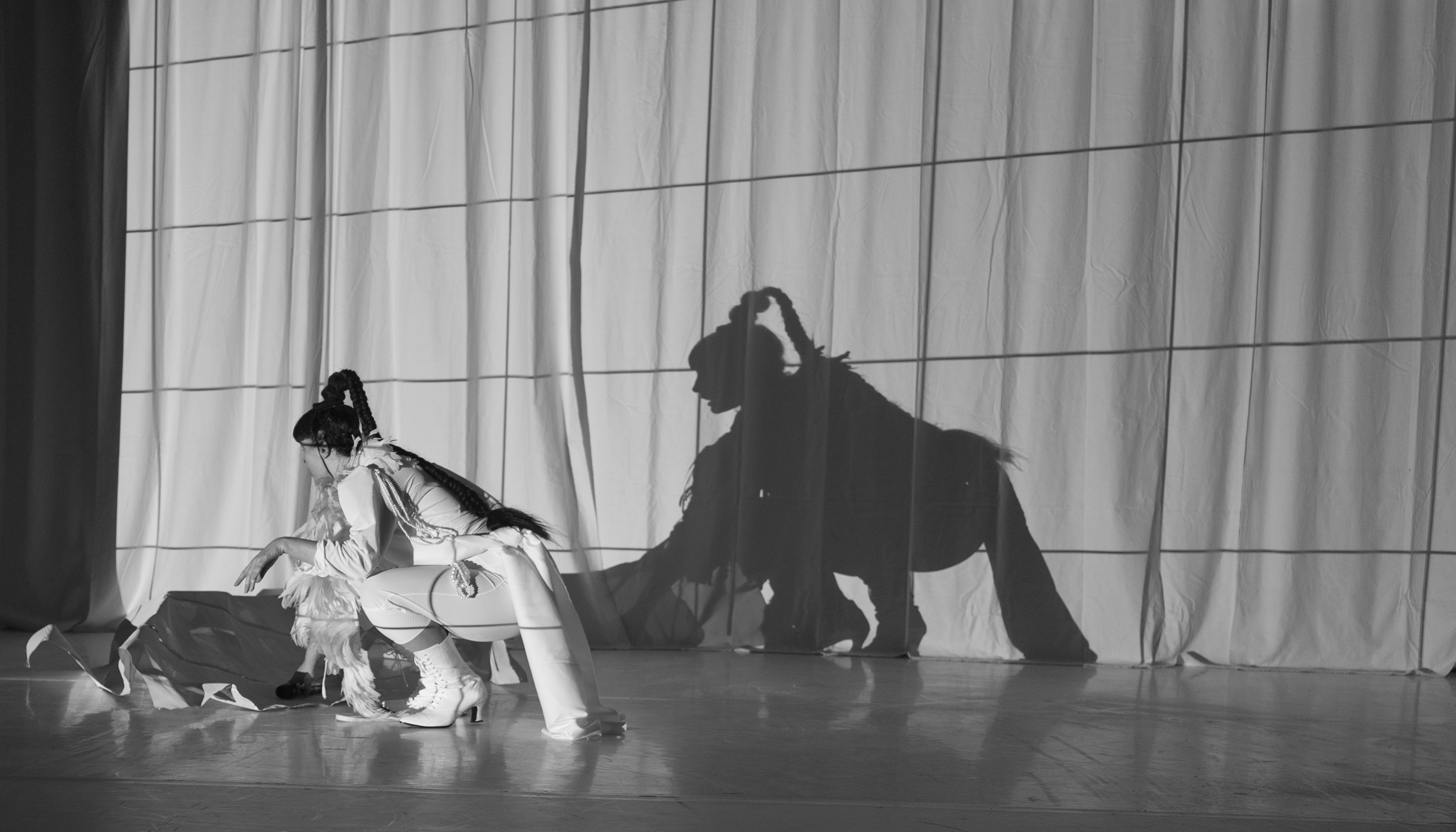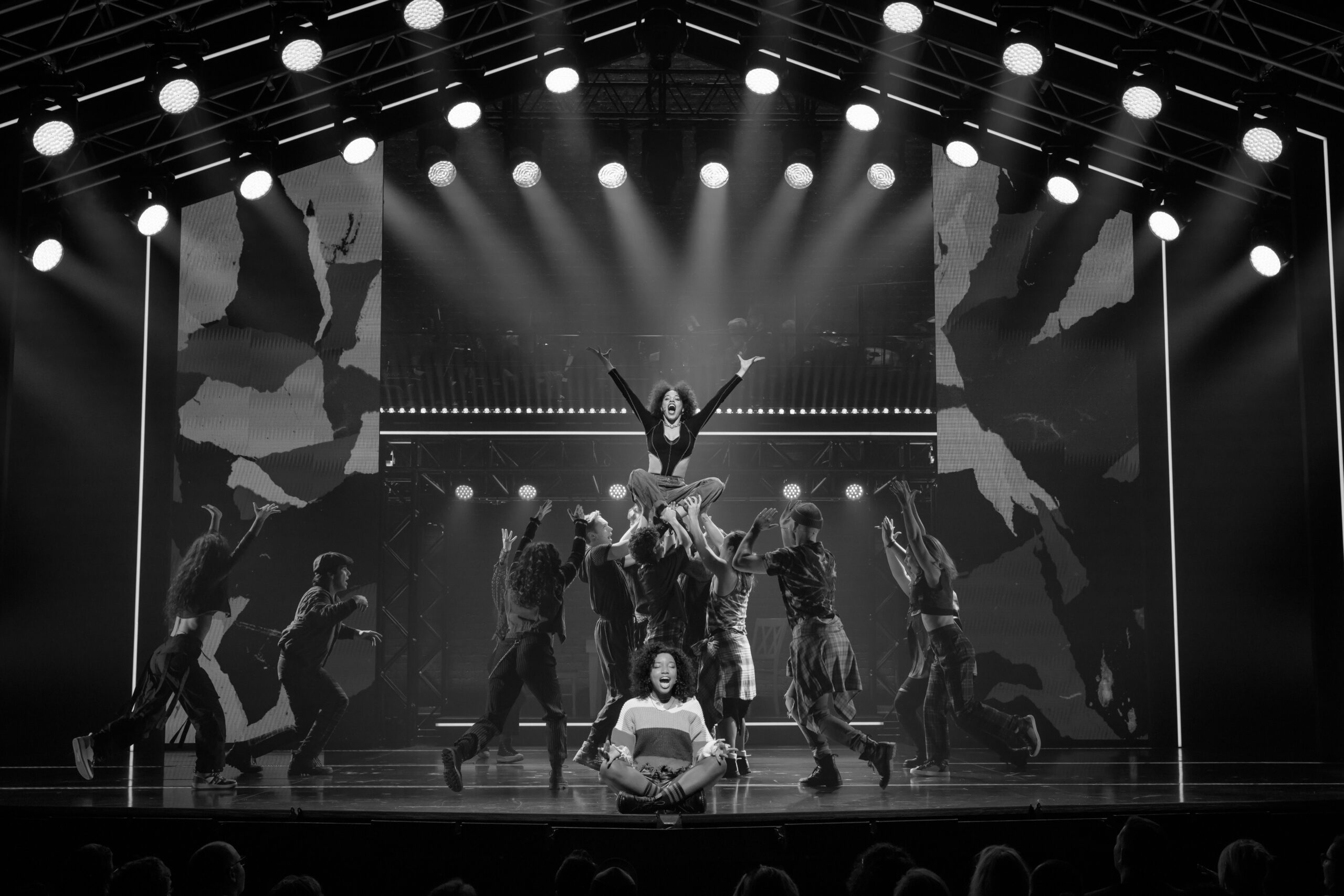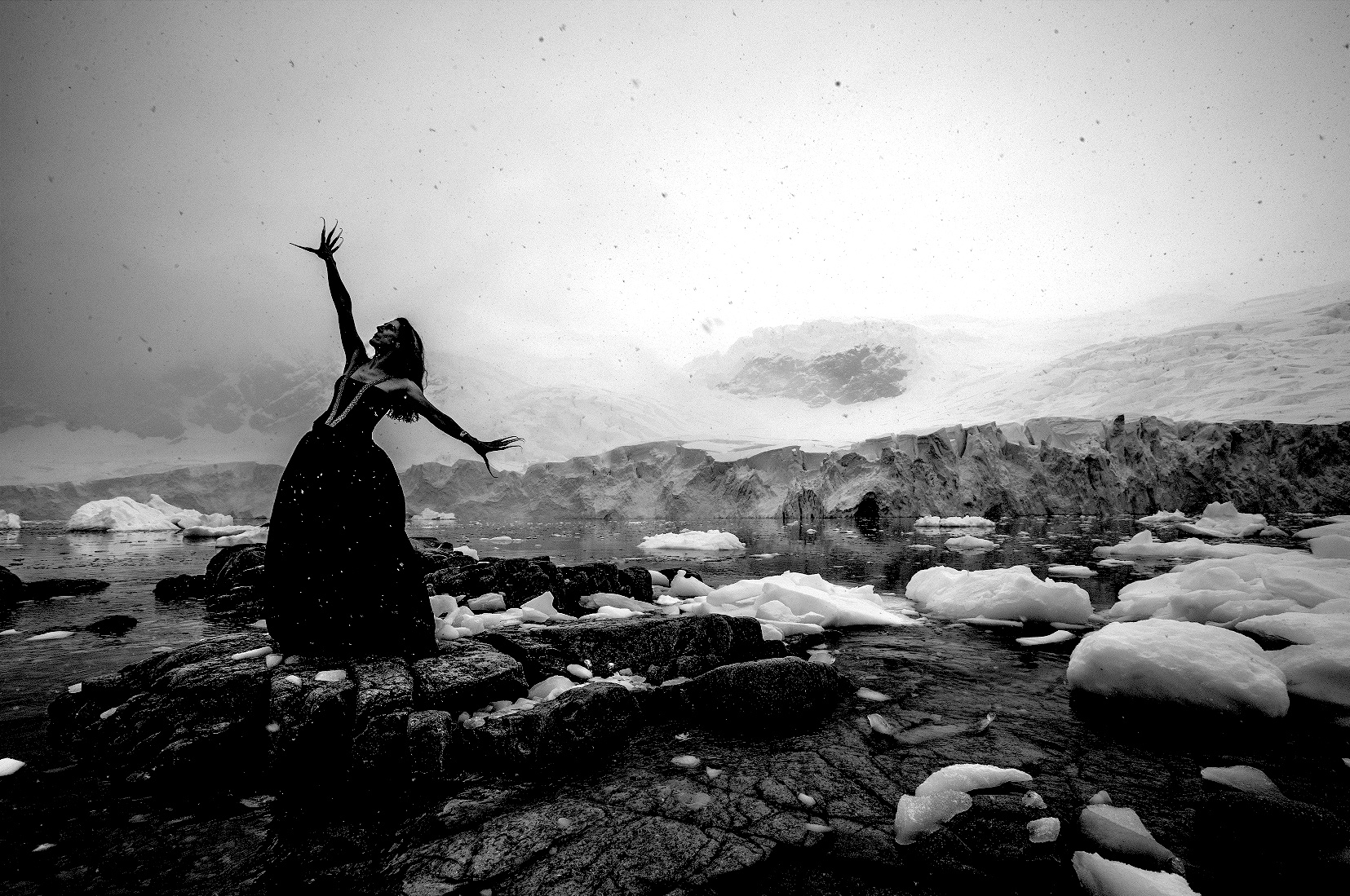HIGHNESS
Through intimacy and choreography artist Melanie Jame Wolf in Mira Fuchs aroused something deep within her audience. A razor sharp work, of the upmost contemporary, an unfurling beauty poised. This work, a story of The Whore, had the artist draw upon her time spent as an erotic dancer, it served a titillating introduction to an, as yet still forming trilogy. Now, In part 2, we shift energies with Highness dedicated to every single queen Melanie Jame Wolf has ever met; from masterful women, drag superstars, actual monarchs to those ageing queens.
Lavish, playful, touching and disturbing by turns, three unique yet intertwining subjects find a power strong enough to dismantle the archetypes of women that emerged some time ago, yet here remain today, outdated and damaging. Melanie Jame Wolf, shortly after touching down in Melbourne, spoke with The Melbourne Critique about the art of the trilogy, pop culture and how art may respond to a world increasingly under siege.
So, Melanie Jame, how’s it being back in Melbourne, to be presenting work here once again, but this time, with part 2?
It’s jet-lag to be back in Melbourne. So, this new work is called Highness and follows on from Mira Fuchs, which was the first in this trilogy of works about the different available archetypes for performing womanhood; Highness, deals with The Queen, it’s made as a 60-minute piece, with three people on stage. But, it was made not only as a performance piece, but also as a video installation. I think it’s not so much about intimacy, but about the different kinds of effects or energy that these archetypes have and continue to use as a source of power.
I would say this is not as up close and personal, physically, as Mira Fuchs; for here, the intimacy is operating in a different way that asks audiences how they deal with women in the spot light.
When hearing words like highness, for many what comes to mind is an image of the kind of Queen we read about in history books, how do you bring such ancient ideals screaming into the present?
When I say Queen, I don’t mean Historical Queens; it’s more about all different kinds of queens; in and out of the everyday contexts. There are Size Queens, Drag Queens, and of course, Beauty Queens too, these are all in some way positive, but then, like that of the Old Queen, which holds completely derogatory connotations. Consider also how both the regal and the feminine have been used both violently and lovingly. As a performer, it is about contrast, and I have always made things from a queer feminist perspective.
The music featured in this work is set to be diverse, featuring a strong female presence; how did you select these songs?
All of the music I have chosen has been made by or sampled from musicians who I considered to be iconic and whom I also consider to be Queens. It’s diverse, the whole work is very much a layering of different pop references, and I am so very much in love with that whole pop idiom.
Highness is very much invested in drama, emotion and feeling; pop works really well with this. It is pop, but twisted.
Your work has an edge, exploring subjects that are pressing and real. With so much having transpired across the world since presenting Mira Fuchs, has your performance intensified or become more political in come way?
It’s as political as Mira Fuchs, because both these and the third work, will all be dealing with, purely on my part, this equally passionate versatility – I have to re-inscribe these archetypes that are really damaging for women. These are not some frothy convection from a bunch of pop idols, it’s very much looking at the impossible contradictory expectations that are placed on women when considered Queens, and it exposes the labour involved in producing and of upholding an image, such as that of her Highness.

